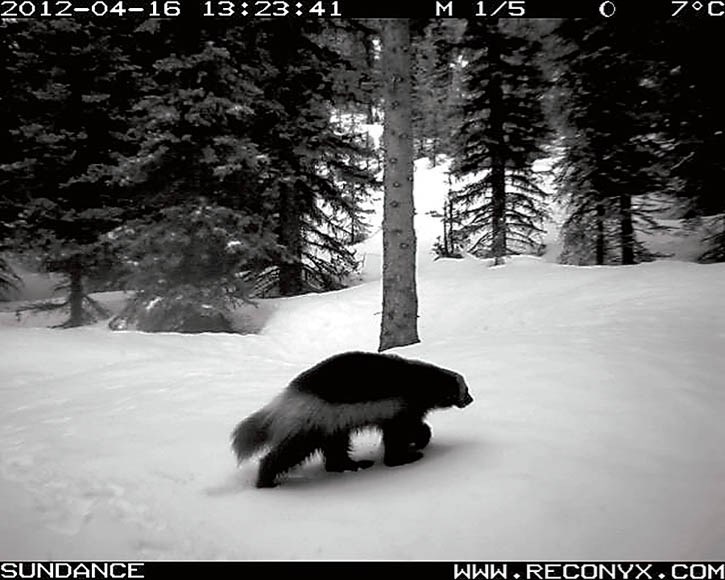Half-way across the world, wildlife conservationists are adopting practices used in Canadian parks to capture images of carnivores on wildlife cameras.
Parks Canada’s Jesse Whittington travelled to Bhutan, a country in South Asia, to teach and train wildlife conservationist staff to use, and the strategies behind, wildlife cameras such as the ones found in Banff National Park.
Whittington presented his findings and experience in Bhutan at a Bow Valley Naturalist meeting in October.
The Bhutan team conducted a country-wide tiger survey (remote cameras vs. scat-based DNA) to discover more about the striped carnivores.
Twenty-six per cent of Bhutan is protected land and the Bengal tiger roams the land as the dominant predator. The camera sightings showed approximately 4.6 tigers per 1,000 square kilometres in Bhutan.
Whittington said the tigers are an endangered species, with about 2,300 remaining in the world. Whittington said in China, north of Bhutan, there is a problem with poachers in the area.
As some of the cameras showed, tigers in Bhutan certainly weren’t missing any meals, displaying plump bellies hanging low.
There is a large diversity of prey for tigers and other carnivores such as leopards. A sounder of wild boars caught on wildlife cameras overrun the protected land that prove to be a driving food source for tigers.
Whittington presented his Bhutan findings as well as Canadian studies of what some local wildlife favourites have been up to on camera.
For example, a monitoring system from Waterton, Banff, Yoho, Kootenay and Jasper national parks over three years showed nearly 800 incidents of wolverine activity were captured.
“We knew little about wolverines,” Whittington said. “They are throughout the park … 65 per cent of Banff, Yoho, Kootenay is occupied by wolverines.”
Whittington added the lower Bow Valley doesn’t have very many of the large weasel-family predator. The species has a correlation with elevation and a proximity to caves.
“Wolverines are doing well in protected areas, but are struggling outside of those habitats,” said Whittington
A favourite in Banff National Park, grizzly bears were also sighted throughout the parks. In three years there have been 1,711 detections on grizzlies, both marked and unmarked, on cameras. Preliminary results have shown 13-15 grizzlies per 1,000 km2 and in the past four years 26 grizzly have been collared.
Interestingly, Whittington said, grizzlies are more prone to brave an overpass than an underpass.




